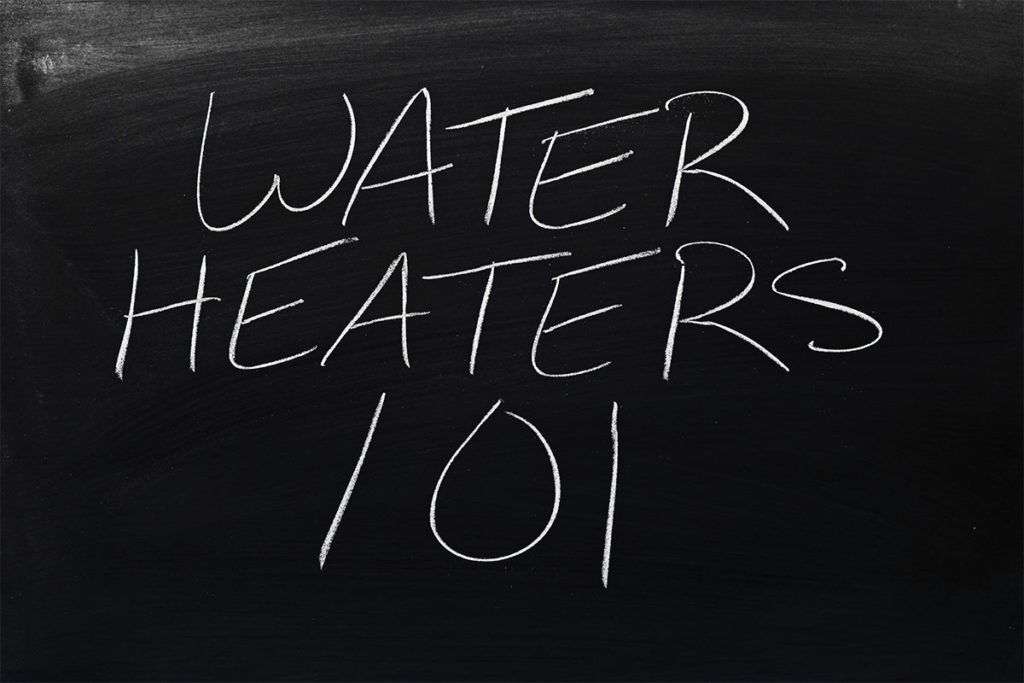A Maurais & Sons, Inc. Understands that Water Heaters Can Be Confusing
We’re kicking off 2023 with water heater basics. Not everyone understands water heaters. If you’re in the market for a new one, you might not know whether to get an electric or gas one. You also might be trying to decide between tankless and tank style. At A Maurais & Sons, Inc., we know water heaters because we’ve been in business for 90+ years. While we’re glad to provide you with plumbing services, we’d also like to focus on water heaters, including:
- Differences Between Electric and Gas Water Heaters
- Benefits and Disadvantages of Tankless vs. Tank Style Water Heaters
- Basic Principles of How Water Heaters Do Their Thing
Electric vs. Gas Water Heaters: What’s the Difference?
Generally, water heaters heat water with either a gas flame or an electric heating element. Not every home is equipped for natural gas water heaters; only those with access to natural gas pipelines. Propane water heaters are an alternative gas water heater. Usually, gas water heaters cost less to operate than electric ones. That said, gas water heaters have higher start-up costs than their electric counterparts.
Benefits and Disadvantages of Tankless and Tank Style Water Heaters
When water heaters first came on the scene, they were all tank style, and many still come in this form. Over the years, tankless water heaters have become an energy-saving alternative. Tankless water heaters make an infinite supply of hot water. They also take up less space than tank style water heaters, and have a lower risk of leaking. On average, tankless water heaters have a significantly longer lifespan than tank style. However, one disadvantage of tankless water heaters is they cost significantly higher upfront than tank-style, both the unit and installation.
Understanding the Basic Principles of How Water Heaters Operate
Whether tank style or tankless, electric or gas, water heaters’ thermostats control the water’s temperature. Most thermostats can be set between 120 and 180 degrees Fahrenheit (49 to 82 degrees Celsius.) In a tank style water heater, the dip tube sends water from your pipes to the bottom of the tank. There, the water begins warming up, and the heating mechanism remains on until the water reaches the desired temperature. As it heats, the water rises to the tank’s top, and exits the heat-out pipe. Tankless water heaters create hot water as needed. They’re idle most of the time, and automatically turn on whenever they receive a signal to send hot water.
Call A Maurais & Sons, Inc. at 207-320-21347 about plumbing and HVAC services. Follow and like us on Facebook too. We’d love to explain more water heater basics.


